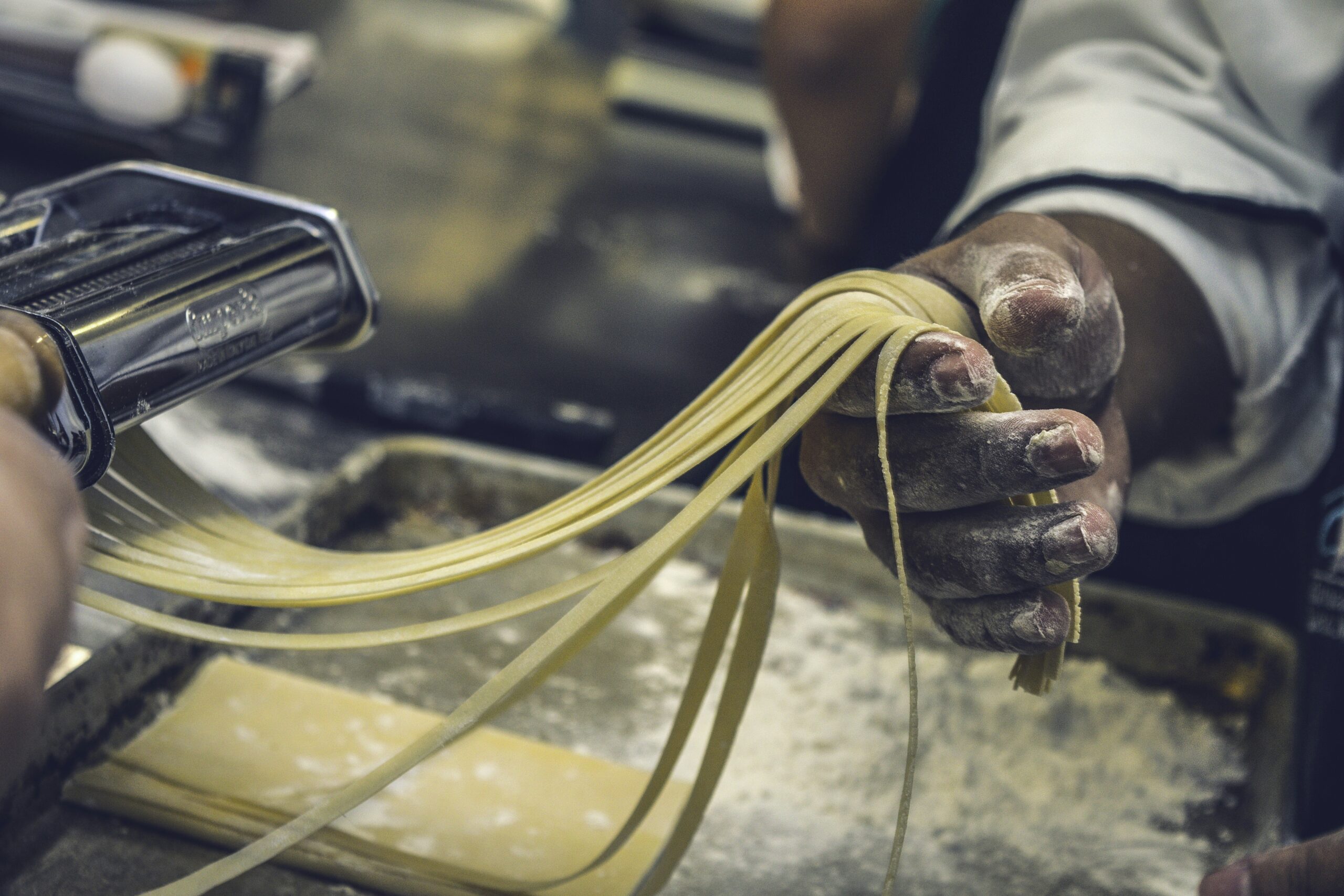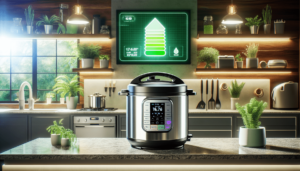Have you ever found yourself eagerly anticipating a delicious meal from your Instant Pot, only to be disappointed when it doesn’t pressurize? Frustrating, isn’t it? Well, worry not, because we’re here to help you troubleshoot this common issue and get your Instant Pot back to its efficient, pressure-cooking self! In this article, we’ll explore the potential causes behind your Instant Pot’s inability to pressurize and provide you with practical solutions to get it working again. So, let’s dive right in and uncover the secrets to overcoming this culinary conundrum!
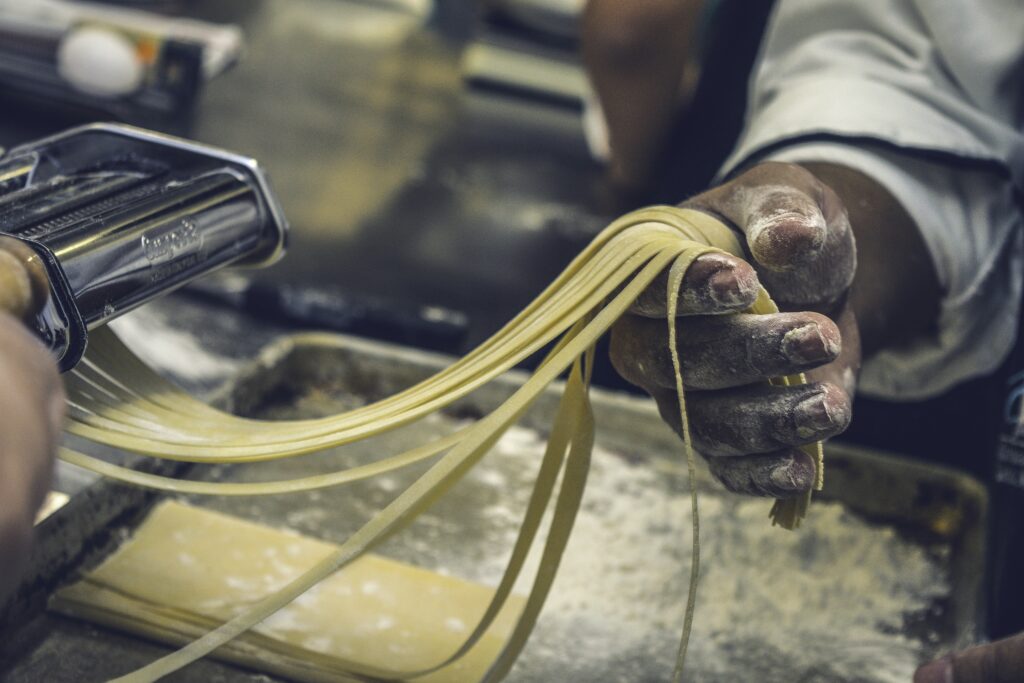
Seal Issues
Sealing Ring
One common issue that can prevent your Instant Pot from pressurizing is a problem with the sealing ring. The sealing ring is a crucial component that ensures a tight seal between the lid and the pot, allowing pressure to build up inside. If the sealing ring is damaged or worn out, it may not create a proper seal, leading to pressure leaks. Inspect the sealing ring for any cracks, tears, or deformities, and if necessary, replace it with a new one.
Float Valve
The float valve is another important part of the Instant Pot that helps regulate pressure. When the pot reaches the desired pressure level, the float valve rises, indicating that pressure has built up inside. If the float valve is stuck or not positioned correctly, it can cause pressure issues. Check that the float valve moves freely and ensure that it is not blocked by food particles or debris. Clean the float valve if necessary and make sure it is properly aligned.
Steam Release Handle
The steam release handle, also known as the steam release valve or pressure release valve, is responsible for controlling the release of steam from the Instant Pot. If the steam release handle is not in the correct position, it may prevent the pot from pressurizing. Make sure the steam release handle is set to the sealing position for pressure cooking. If the handle is loose or damaged, it may need to be replaced.
Cooking Liquid
Insufficient Liquid
The amount of liquid used in the Instant Pot is crucial for proper pressurization. If there is not enough liquid in the pot, it may not be able to generate sufficient steam to build pressure. Make sure to follow the recommended minimum liquid requirement specified in your Instant Pot’s manual. Adjust the amount of cooking liquid accordingly, especially when cooking foods that absorb a lot of liquid, like rice or beans.
Wrong Consistency of Liquid
Apart from the quantity, the consistency of the cooking liquid can also affect pressure buildup. If the liquid is too thick or viscous, it may hinder steam generation and prevent the pot from pressurizing. For example, using a creamy sauce or a thick stew might impede the pot from reaching the desired pressure. Ensure that the cooking liquid has the appropriate consistency for proper pressurization.
Overfilled Pot
Excessive Food or Liquid
Overfilling the Instant Pot can result in pressure issues. When there is limited space for steam to circulate, pressure may not build up properly. It is important to follow the maximum fill line indicated on the inner pot to avoid overfilling. Be mindful of the ingredients’ expansion during cooking, such as rice or pasta. If the pot is too full, remove some of the ingredients or liquid to allow sufficient room for pressure to develop.
Venting Issues
Steam Release Valve
The steam release valve plays a crucial role in the pressure release process. If the steam release valve is blocked or not functioning correctly, it can prevent the Instant Pot from pressurizing. Check for any clogs, debris, or food particles that might be obstructing the valve. Clean the valve gently with a brush or the small end of a kitchen tool like a toothpick, being careful not to damage it. Ensure that the steam release valve moves freely and is not stuck.
Anti-Block Shield
The anti-block shield, located underneath the steam release valve, prevents food particles from clogging the valve. If the anti-block shield is dirty or obstructed, it may hinder the steam release and impact the pot’s ability to pressurize. Remove the anti-block shield and clean it thoroughly to remove any buildup of food or debris. Ensure that the anti-block shield is properly reinstalled before using the Instant Pot.
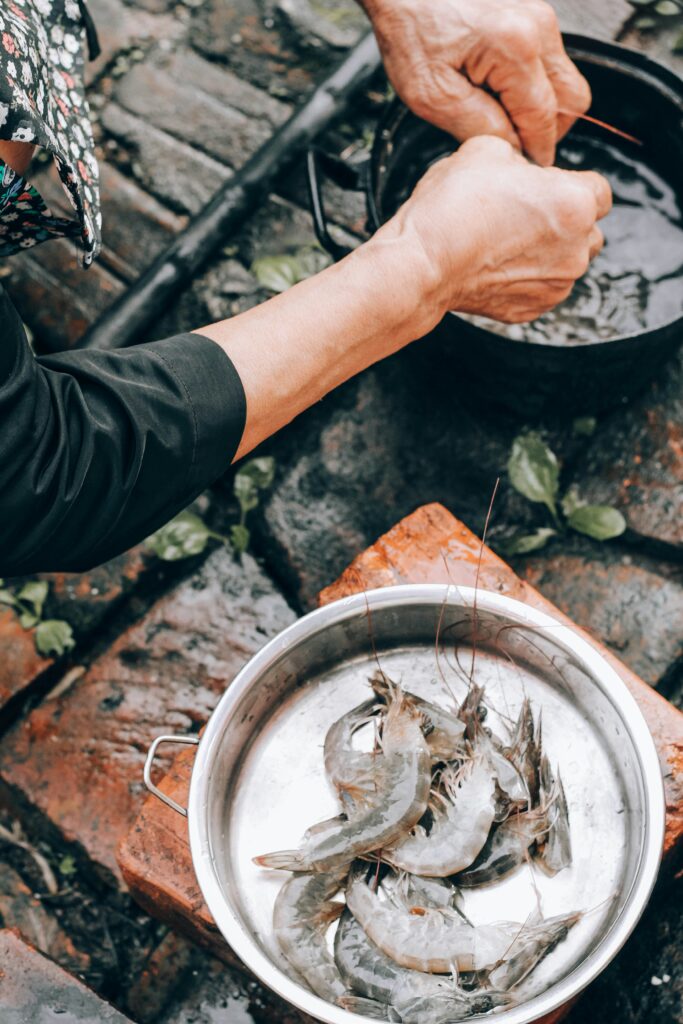
Burn Error
Food Stuck to the Bottom
If you frequently encounter the “burn” or “food burn” error on your Instant Pot, it can prevent proper pressurization. This error occurs when food sticks to the bottom of the inner pot and triggers the pot’s sensors. To avoid this issue, ensure that you properly deglaze the pot after sautéing or browning ingredients. Use enough cooking liquid to create steam, preventing food from burning or sticking to the bottom.
Insufficient Liquid
Similar to the previous section, insufficient liquid can also contribute to the “burn” error. When there is not enough liquid in the pot, food is more likely to burn and trigger the error message. Increase the amount of cooking liquid to ensure there is enough moisture in the pot to prevent burning and sticking. Follow the recipe instructions or consult the Instant Pot manual for recommended liquid quantities.
Cleanliness of Pot
A dirty or unclean inner pot can lead to the “burn” error and hinder pressurization. Food particles or residue from previous cooking sessions can accumulate and cause issues. Make sure to clean the inner pot thoroughly after each use, paying extra attention to the bottom and sides. Use a non-abrasive sponge or brush with gentle dish soap to remove any stubborn stains or residue. A clean pot ensures proper heat distribution and prevents burn errors.
Faulty or Damaged Parts
Pressure Release Valve
If the pressure release valve is faulty or damaged, it can affect the pot’s ability to pressurize correctly. The pressure release valve is responsible for releasing steam and regulating pressure levels. A malfunctioning valve may not operate as intended, leading to pressure issues. If you suspect a faulty pressure release valve, contact the manufacturer for assistance and to arrange for a repair or replacement.
Float Valve
Similar to the float valve mentioned earlier, a faulty or malfunctioning float valve can hinder proper pressurization. If the float valve does not rise or stays in a lifted position even when pressure has built up, it indicates a problem. Contact the manufacturer for support and guidance on how to proceed. They may recommend troubleshooting steps or provide a replacement if necessary.
Sealing Ring
As previously discussed, the sealing ring is a vital component for creating a proper seal. If the sealing ring is damaged or worn out, it may compromise the pressure build-up and prevent the pot from pressurizing. Inspect the sealing ring for any signs of wear, such as cracks or deformities, and replace it if necessary. Contact the manufacturer or refer to the Instant Pot manual for guidance on obtaining a replacement sealing ring.
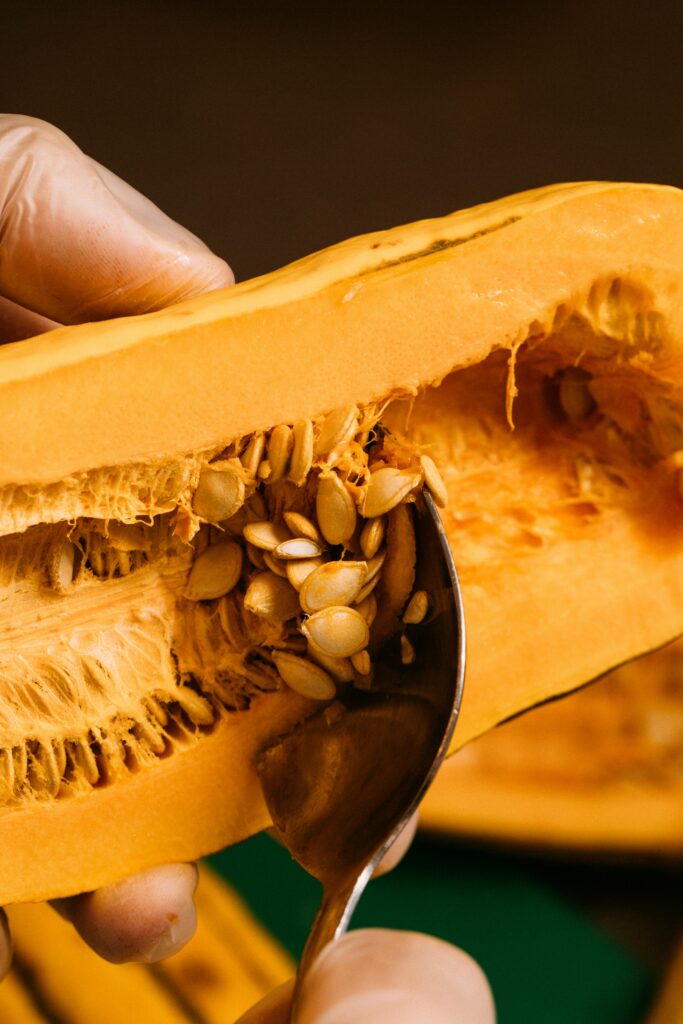
Power Supply Problems
Improper Power Source
Using an improper power source can affect the Instant Pot’s performance and may result in issues with pressurization. Ensure that you are using the correct voltage and amperage for your Instant Pot model. Using an incompatible power source can lead to inadequate power supply, which affects the pot’s heating and pressure functions. Refer to the Instant Pot manual or contact the manufacturer for information on the proper power requirements.
Power Cord Issues
Inspect the power cord for any visible damage or frayed wires. A damaged power cord can interfere with the proper functioning of the Instant Pot. If you notice any issues with the power cord, discontinue use immediately and seek professional assistance. It is essential to prioritize safety and avoid using a damaged power cord to prevent potential hazards.
User Error
Incorrect Program or Settings
Sometimes, the issue may lie with the program or settings selected on the Instant Pot. Selecting the wrong cooking program or manually inputting incorrect settings can affect pressurization. Double-check that you have chosen the appropriate program and verified the settings before starting the cooking process. Consult the Instant Pot manual for guidance on selecting the correct settings for your desired recipe.
Improper Sealing or Venting
Improper sealing or venting is a common user error that can impact pressurization. Ensure that the sealing ring is correctly positioned, and the lid is tightly secured before starting the cooking process. Likewise, confirm that the steam release handle or valve is in the sealing position for pressure cooking. Neglecting these steps can result in pressure leaks and prevent the Instant Pot from pressurizing.
Manufacturing Defects
Faulty Instant Pot
In rare cases, an Instant Pot may have manufacturing defects that affect its performance. If you have followed all the troubleshooting steps and are still experiencing pressurization issues, it is advisable to reach out to the manufacturer. They can provide guidance on identifying potential defects and offer options for repair or replacement.
Warranty Coverage
If your Instant Pot is still covered by the warranty, it is beneficial to review the terms and conditions. Certain pressurization-related issues may be covered by the warranty, allowing you to receive support or a replacement at no additional cost. Contact the manufacturer or refer to the warranty information included with your Instant Pot for more details on warranty coverage and how to proceed.
Troubleshooting Methods
Check Sealing Ring
Inspect the sealing ring for any damage or wear. If necessary, replace the sealing ring to ensure a proper seal.
Clean and Inspect Parts
Thoroughly clean all parts of the Instant Pot, including the steam release valve, anti-block shield, and inner pot. Remove any debris or buildup that may be obstructing proper pressurization.
Adjust Cooking Liquid
Evaluate the quantity and consistency of the cooking liquid. Ensure that you are using the recommended amount of liquid and that it has the right consistency for optimal pressurization.
Ensure Proper Venting
Double-check that the steam release handle or valve is set to the sealing position. Verify that there are no obstructions or blockages preventing steam from being released.
By following these troubleshooting methods and addressing the potential issues mentioned throughout this article, you should be able to identify and resolve the pressurization problems with your Instant Pot. Remember, it’s essential to read the Instant Pot manual and consult the manufacturer for specific instructions and support whenever needed. Happy pressure cooking!

